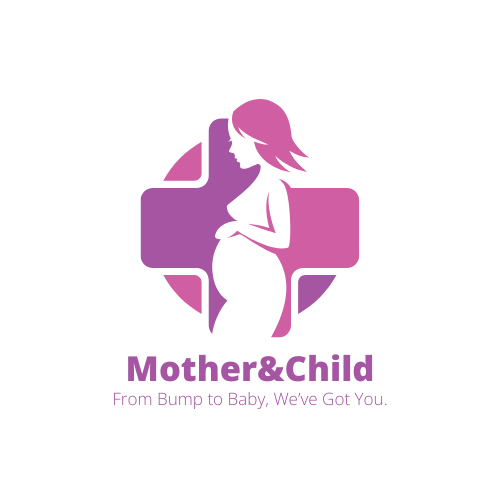🧪 Scientific Overview: What Is Jaundice?
Jaundice in newborns occurs when there is too much bilirubin in the baby’s blood. Bilirubin is a yellow substance produced when red blood cells are broken down. Since newborns have more red blood cells than adults and their liver is still immature, this yellow pigment can build up in the body.
🧬 Key Scientific Facts:
1. Bilirubin is natural — but too much is dangerous.
-
Almost 60% of full-term and 80% of preterm newborns develop jaundice within the first week.
-
Most cases are harmless and resolve on their own with adequate feeding.
-
In severe cases, bilirubin crosses the brain barrier and causes kernicterus, a permanent type of brain damage.
📖 Reference:
-
American Academy of Pediatrics: Hyperbilirubinemia Guidelines
2. Breastfeeding helps prevent and treat jaundice.
-
Regular breastfeeding (8–12 times/day) promotes bowel movements, which helps eliminate bilirubin.
-
Stopping breastfeeding without medical advice may make jaundice worse.
🍼 Key point: Breast milk does not cause harmful jaundice; instead, lack of breastfeeding can.
📖 Reference:
-
Academy of Breastfeeding Medicine Clinical Protocol #22: https://doi.org/10.1089/bfm.2010.9988
3. Traditional remedies have no proven medical benefit.
-
Charcoal, palm oil, herbal rubs, or spiritual baths do not lower bilirubin levels.
-
In fact, delays in proper treatment (like phototherapy or exchange transfusion) are linked to higher infant mortality in parts of Africa.
📖 Reference:
-
Nigeria Study: https://doi.org/10.1371/journal.pone.0217040
-
Ghana Study on Belief Systems: https://www.ncbi.nlm.nih.gov/pmc/articles/PMC6034094/
4. Phototherapy and early hospital care save lives.
-
Phototherapy (light treatment) is the gold-standard therapy.
-
Early testing with skin or blood bilirubin levels is key to deciding treatment needs.
-
When needed, exchange transfusion (removing bilirubin-laden blood and replacing it) is used in life-threatening cases.
📖 Reference:
-
Cochrane Review: Phototherapy for Neonatal Jaundice
🧠 Summary of Science vs. Beliefs:
| Belief/Myth | What Science Says |
|---|---|
| “Bad breastmilk causes jaundice” | Breastmilk helps eliminate bilirubin — keep feeding frequently |
| “Jaundice is spiritual or sun-related” | Jaundice is due to immature liver and bilirubin buildup — not caused by the sun |
| “Use herbs or rub charcoal” | These are unsafe, ineffective, and delay needed treatment like phototherapy |
| “Wait and watch — it will go” | Mild jaundice is normal, but severe jaundice needs urgent medical attention |
💬 Culturally Aware Teaching Tips for CHWs:
-
Start by acknowledging the caregiver’s concern: “I know you want the best for your baby.”
-
Then use gentle correction: “Let’s check if it’s just normal baby yellowness or something serious.”
-
Offer simple, science-backed advice: “Breastfeed more, watch for signs, and let’s do a quick bilirubin check.”
-
Bring visual tools (like a Jaundice Color Chart) and testimonials from other African mothers who sought hospital care early.


